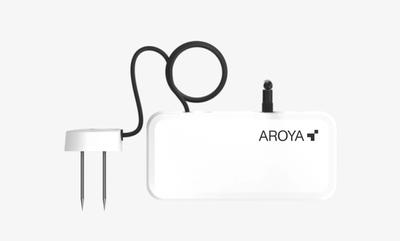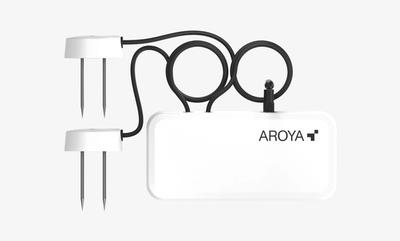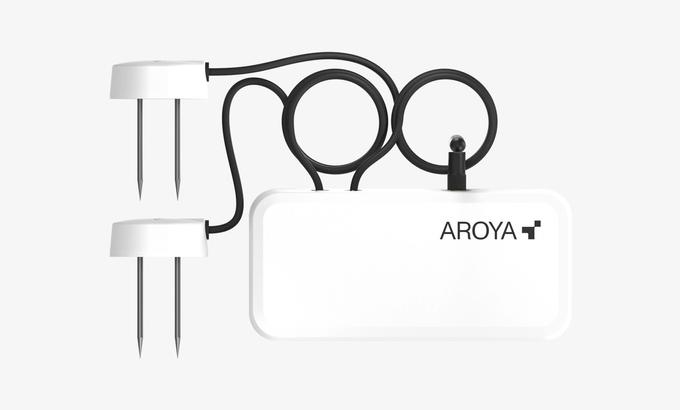EXPERT KNOWLEDGE FIRST
Cultivate your data.
Receive the latest updates, guides, office hours, videos, and content for AROYA
AROYA GO supports up to 10 TEROS ONE substrate sensors, and 5 CLIMATE ONE climate stations. Based on our extensive experience with growers of all sizes, we recommend 1 sensor per 100 sq. ft. of Canopy, or 1 per irrigation zone. Here are our recommendations as to how many TEROS ONEs you need depending on the size of your grow:
| # of TEROS ONESubstrate Sensors | Total Canopy Square Feet@ Optimal Spacing(1 per 100 sq. ft.) | Total Canopy Square Feet@ Minimal Spacing(1 per 150 sq. ft.) |
| 2 (Base Kit) | 200 | 300 |
| 3 | 300 | 450 |
| 4 | 400 | 600 |
| 5 | 500 | 750 |
| 6 | 600 | 900 |
| 7 | 700 | 1,050 |
| 8 | 800 | 1,200 |
| 9 | 900 | 1,350 |
| 10 | 1,000 | 1,500 |
If your facility is larger than these recommendations, please contact AROYA Sales at sales@aroya.io or +1 509.332.5586 to provide you with an appropriate solution.
When ordering additional TEROS ONE Substrate Sensors, keep in mind that there are dual-sensor and single-sensor models:


TEROS ONE EC/VWC
Substrate Sensor
Cord Length: 16 inches


TEROS ONE EC/VWC
Substrate Sensor (2 Sensors)
Cord Lengths: 15 feet
Consider how you will place the sensors for your grow room based on the layout, the dimensions of your benches and the length of the cords for each model.
We also recommend 1 CLIMATE ONE climate station for each Grow Room, but no less than 1 per every 600 sq. ft. of Canopy. AROYA GO supports up to 5 climate stations. If your facility exceeds these recommendations, please contact AROYA Sales at sales@aroya.io or +1 509.332.5586 to provide you with an appropriate solution.
You may also consider adding one Quantum Sensor to each Grow Room to measure light energy (PPFD and DLI) which is another important parameter to measure in your grow.Note that all AROYA sensors (TEROS ONE, CLIMATE ONE, etc.) communicate over a wireless mesh network, and you should ensure each sensor is no more than 75 feet away from another sensor or the AROYA Gateway. If your layout exceeds this requirement you should increase your sensor density accordingly.
Cookies are small text files placed on your device to store data so web servers can use it later. We and our third-party partners use cookies to remember your preferences and settings, show you personalized ads, and analyze how well our websites are working. For more info, see the Cookies and similar technologies section of the Privacy Statement.